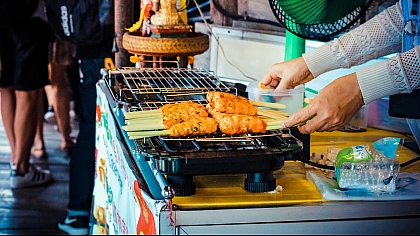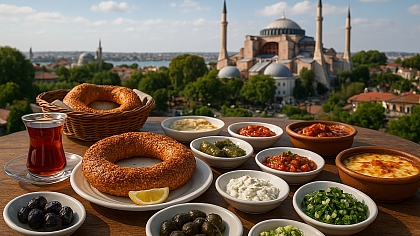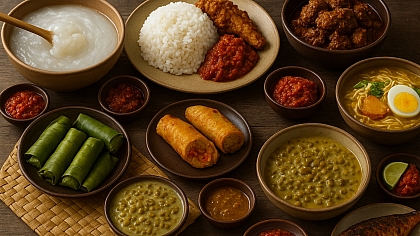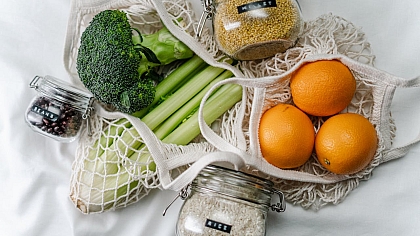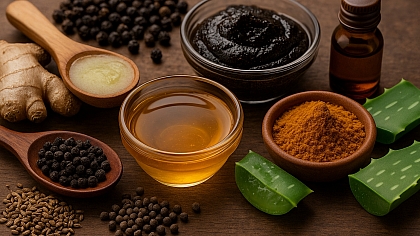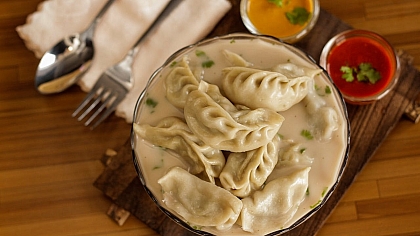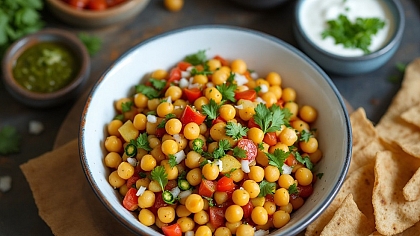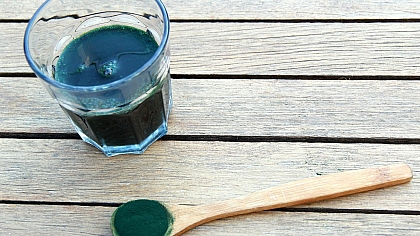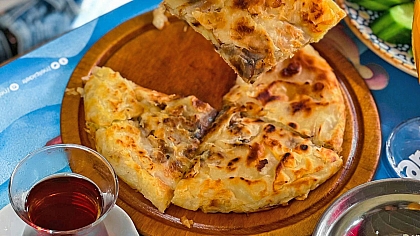
The Role of Pulses in Turkish, Middle Eastern, and South Asian Diets
What You Will Learn
Pulses are the edible seeds of plants in the legume family. You will find out:
- How pulses provide an affordable, sustainable source of plant-based protein.
- Why the high fiber content in pulses supports digestion and heart health.
- The role of pulses in managing blood sugar levels and providing steady energy.
- How pulses are a cornerstone of traditional dishes, from hummus to dal.
- Simple ways to incorporate more pulses into your weekly meals.
The Humble Seed That Feeds Nations
Across Turkey, the Middle East, and South Asia, simple meals are built on a powerful, humble foundation: pulses. Lentils, chickpeas, beans, and peas are not just an ingredient; they are a daily staple. They appear at breakfast, lunch, and dinner, transforming into creamy dips, hearty stews, savory fritters, and comforting soups.
This reliance is born from wisdom. Long before modern nutrition science, these cultures understood that these small seeds provided strength and sustenance. They are affordable, store for a long time, and pack a remarkable nutritional punch. They form the backbone of some of the world's most beloved and healthy diets.
This guide explores the essential role of pulses. It shows why they are so central to these culinary traditions and how they benefit your health.
A Nutritional Powerhouse
Pulses are one of the most nutrient-dense foods available. They offer a unique combination of benefits that are hard to find in any other single food group.
- Plant-Based Protein: Pulses are an excellent source of protein, essential for building and repairing muscle. This makes them a crucial part of vegetarian and vegan diets and an affordable meat alternative for everyone.
- Dietary Fiber: They are rich in both soluble and insoluble fiber. This promotes digestive health, prevents constipation, and helps create a feeling of fullness, which can aid in weight management.
- Complex Carbohydrates: The carbohydrates in pulses are digested slowly. This provides a steady release of energy and helps maintain stable blood sugar levels.
- Vitamins and Minerals: Pulses are packed with nutrients like iron, zinc, folate, magnesium, and potassium.
Pulses as a Cultural Cornerstone
Each region has developed iconic dishes that showcase the versatility and importance of pulses.
In Turkish Cuisine:
- Red Lentil Soup (Kırmızı Mercimek Çorbası): A national comfort food, enjoyed daily.
- Chickpeas (Nohut): Roasted as a snack (leblebi), used in stews (tavuklu nohut), and in desserts.
- White Beans (Kuru Fasulye): Often cooked with meat and served with rice and pickles.
- Hummus: A creamy dip made from chickpeas and tahini, known worldwide.
- Foul Medames: A fava bean stew, often eaten for breakfast.
- Mujadara: A simple, comforting dish of lentils and rice, topped with crispy onions.
- Dal: The general term for a huge variety of spiced lentil and split pea stews, served with rice or flatbread.
- Chana Masala: A spicy and tangy chickpea curry.
- Various snacks: Like papadum (thin, crispy crackers made from lentil flour) and besan (chickpea flour) used in pakoras.
Health Benefits of a Pulse-Rich Diet
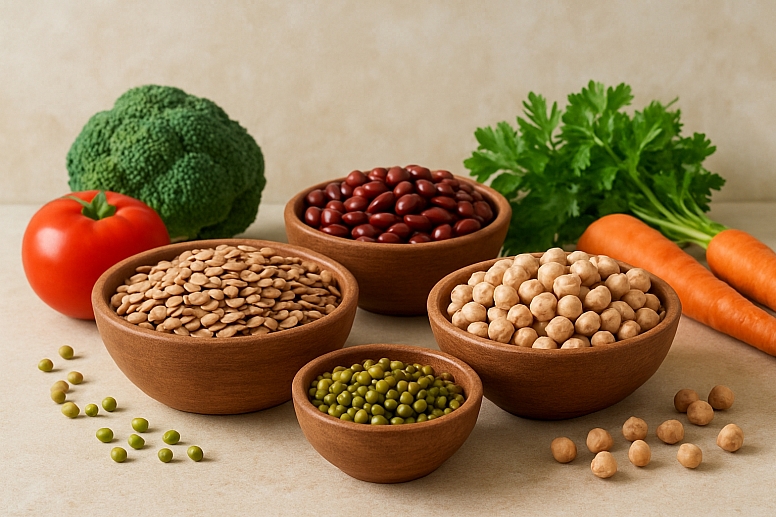
Incorporating pulses into your diet regularly offers significant advantages:
1. Supports Heart Health: The soluble fiber in pulses can help lower LDL ("bad") cholesterol levels. Their high potassium and low sodium content also contribute to maintaining healthy blood pressure.
2. Aids Digestive Health: The high fiber content adds bulk to stool and supports regular bowel movements. It also acts as a prebiotic, feeding the beneficial bacteria in your gut.
3. Manages Blood Sugar: The combination of high fiber and complex carbohydrates prevents sharp spikes in blood sugar after eating. This makes pulses an excellent food choice for people with diabetes or those managing insulin resistance.
4. Promotes Sustainable Weight Management: Pulses are low in fat and high in fiber and protein. This combination increases feelings of fullness (satiety), helping you feel satisfied longer and potentially reducing overall calorie intake.
Cooking with Pulses: Simple Tips
- From Dry: Soaking dry pulses overnight reduces cooking time and makes them easier to digest. Always rinse them before cooking.
- From Canned: Canned pulses are a convenient shortcut. Rinse them thoroughly under cold water to remove excess sodium and the liquid they are packed in.
- Start Simple: Add rinsed canned lentils to a salad, stir chickpeas into a soup, or blend white beans into a creamy dip.
Your Questions About Pulses, Answered
Do pulses cause gas? For some people, they can. Soaking dry pulses and discarding the water before cooking can help reduce the compounds that cause gas. Starting with small portions and gradually increasing intake allows your digestive system to adjust.
What is the difference between a legume and a pulse? "Legume" refers to the entire plant, including the leaves, stems, and pods. "Pulse" refers specifically to the dry, edible seed inside the pod. Examples of pulses are lentils, chickpeas, and dry beans.
Are canned pulses as healthy as dry ones? Yes, they retain their nutritional value. The main difference is that canned pulses often contain added salt. Rinsing them well reduces the sodium content significantly.
How can I get complete protein from pulses? Pulses are rich in the amino acid lysine but low in methionine. Grains (like rice or wheat) are low in lysine but contain methionine. Eating pulses and grains together (e.g., lentils and rice, beans and tortillas) creates a complete protein profile, providing all the essential amino acids your body needs.
Discover a World of Flavor and Nutrition
Pulses are a gift from these ancient food traditions. They offer a path to eating that is healthy, affordable, and deeply satisfying. Look to these cuisines for inspiration—try a new recipe for dal, make your own hummus, or prepare a pot of lentil soup.
Explore the variety of pulses available. Each one brings a unique texture and flavor to your table, proving that some of the best things truly do come in small packages.


